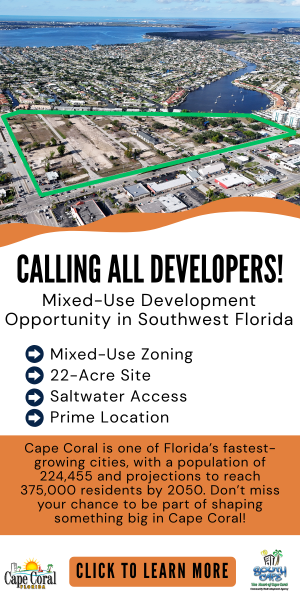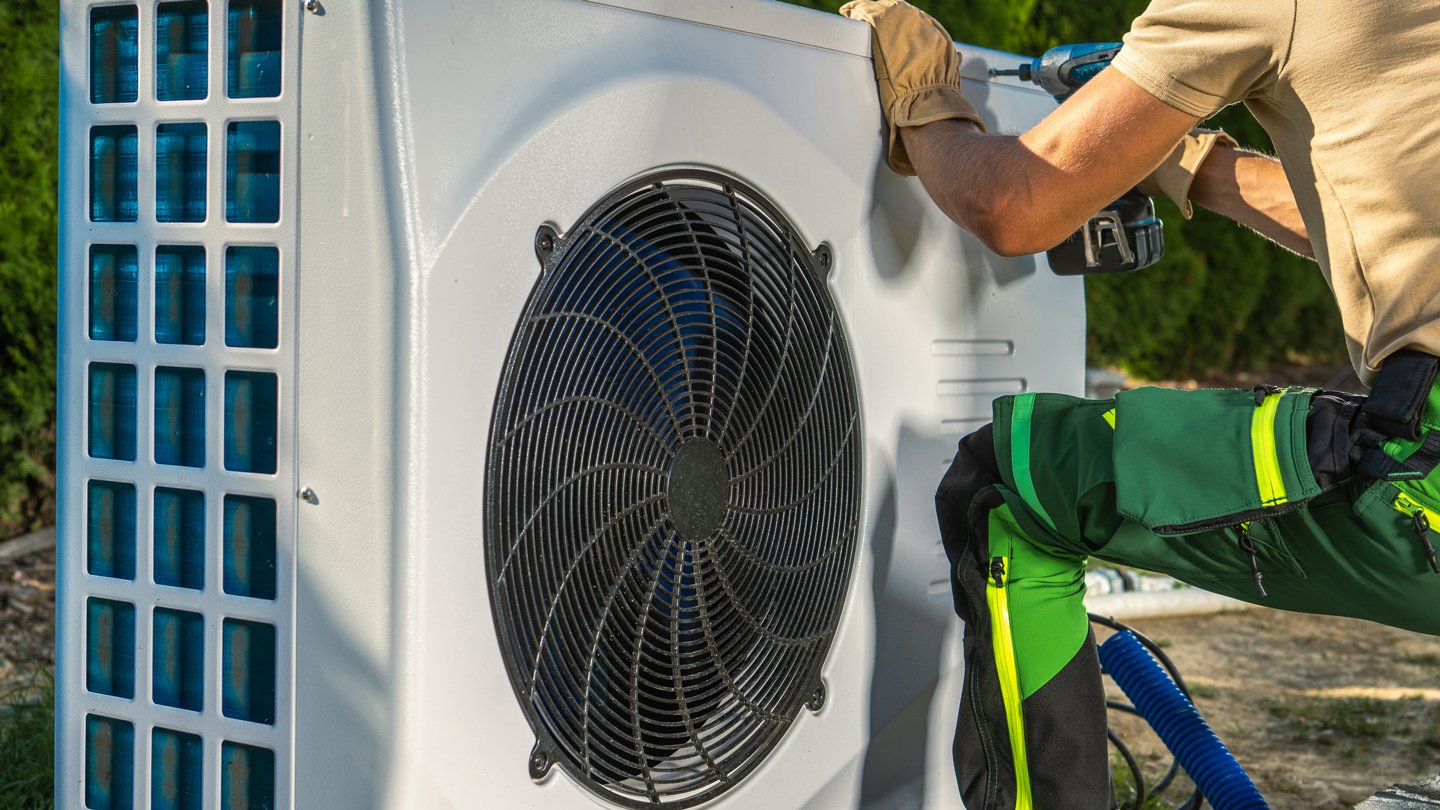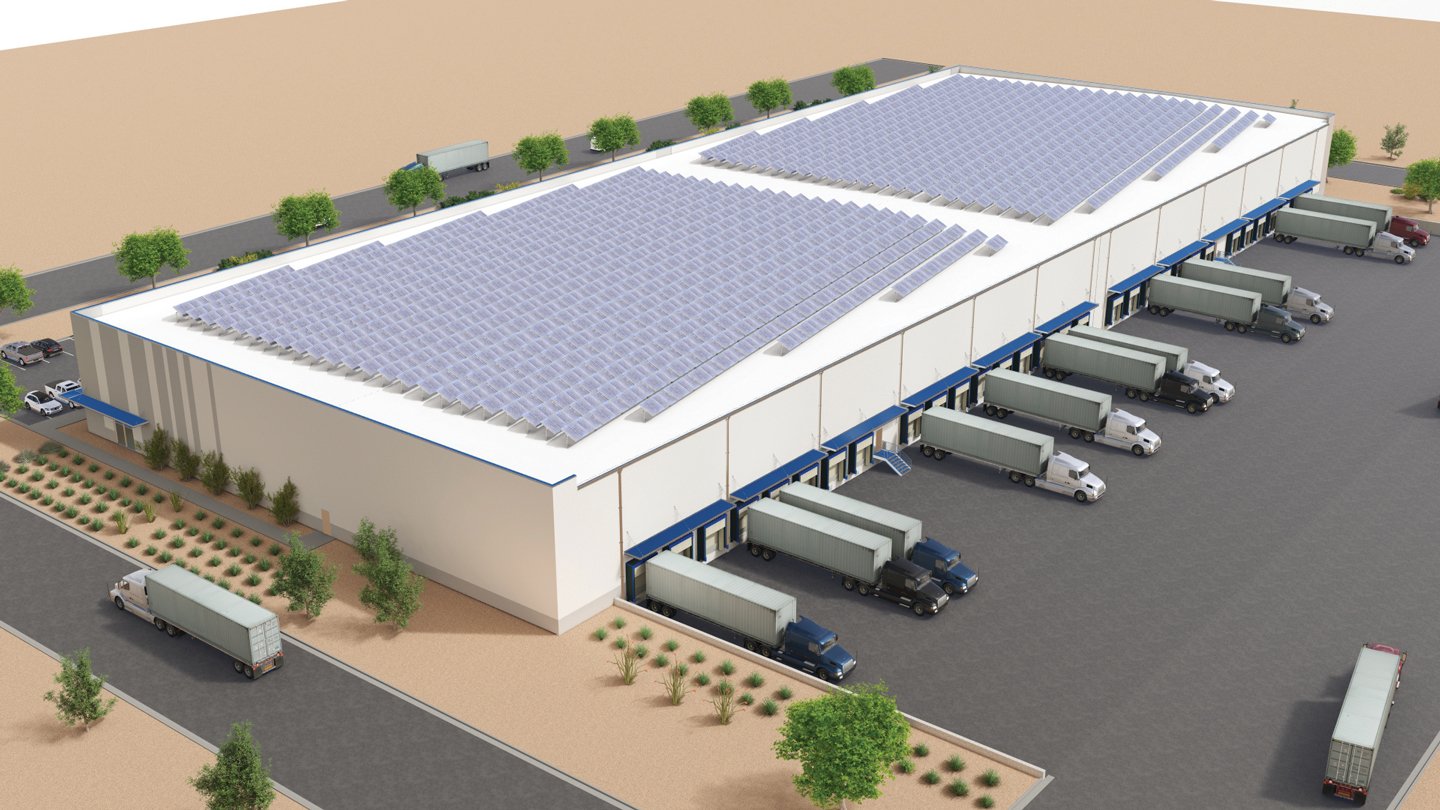Where the Sidewalk Ends: Green Street Infrastructure

Advances such as permeable pavement can help contain stormwater runoff.
“Slow it, spread it, sink it” is the tagline of urban planners trying to manage water on city streets. From Roman aqueducts to fountains whose dolphins spew arcs of water, builders have long used hard materials such as stone, brick and concrete to contain and circulate water.
Ironically, the impermeable materials of built environments that are so effective at containment create problems of their own. They are, in some ways, too efficient. For example, winter storms underscore the need for drainage when the ferocious rush of water can overwhelm a system, creating large puddles and local flooding.
The rapid transit of rain and water runoff can inundate storm systems, causing erosion and carrying pollutants into rivers, bays, lakes and oceans. Developers and municipalities, however, are choosing to substitute porous and planted materials for solid pavement, mimicking the slowing and filtering seen in a natural marsh.
System Overwhelm
Traditional sidewalk treatments exacerbate water runoff and heat gain. When a natural ecosystem is altered to urban land use, water that previously ponded on the ground before being converted to groundwater is frequently turned into surface runoff.
Rainy weather allows stormwater to flow from rooftops, sidewalks and streets, accumulating pollutants such as motor oil, pesticides, trash and animal waste. The contaminated water then travels, untreated, into storm drains and other bodies of natural water. The results manifest themselves in local flooding, and less obviously, in polluted waterways.
The direct and rapid route from stormwater system to fresh bodies of water causes erosion, too. According to an article by Penn State Extension, “the key to preventing soil erosion is slowing down stormwater where it falls, because slow-moving water contains less erosive energy.”
Additionally, solid waste can be swept up in the rapid route from rain to drain. Because gutters and drains often go unnoticed, campaigns such as Burlingame, California’s Storm Drain Mural Project solicit artwork from its residents to be painted next to such drains. Small, colorful murals with phrases such as “keep it clean, we’re all downstream” educate and create community awareness.
Green Infrastructure
Like the tip of an iceberg, permeable surfaces are generally part of a greater green network. An integrated system might include curb extensions, gutters, bioretention (rain) basins, selected planted materials and soil, and underground piping systems all designed to slow runoff. Beneath the soil, perforated pipes allow water to dissipate while blocking solid materials. The water exits into landscaped areas or special draining pavements that are designed to absorb, filter and break down pollutants. While green infrastructure best replicates a natural ecosystem, component parts can still improve areas that do not undertake wholesale change.
Permeable Paving
Permeable paving, also called pervious paving, is the top surface layer in the form of interlocking pavers or special concrete and asphalt mixes. While the dark red bricks set in a herringbone pattern on downtown streets in Berkeley, California, may appear decorative, the lack of grout between pavers allows disbursement of water to a subsurface. Another lattice form, a favorite of Green Dot Transportation Solutions’ consultant Kelly Rice, allows planted material to grow in between concrete diamond shapes. These surfaces sit on gravel layers that filter and hold large volumes of stormwater. This process allows gradual water movement as the earth absorbs liquid and slows the progression to natural waterways.
Of course, paving selections must be site appropriate. According to Rice, “permeable alternative materials can be too sensitive to use on main roads because trucks weigh far too much.” Instead, such paver systems work best in pedestrian-only and low-vehicular-traffic areas with minimal debris accumulation (such as leaves), which can impair infiltration ability.
Bioretention Facilities
Alongside permeable paving, bioretention facilities — also called rain gardens or rain basins — combine stormwater runoff control and treatment with aesthetic landscaping and architectural detail. These vegetated depressions in the land use soil and plants to trap pollutants as the water percolates through the system. Plants are chosen for their hardiness and cleaning abilities. For example, the SPINE project in San Pablo, California, uses Persian ironwood trees and California buckeye in a network of rain basins along a popular street lined with dozens of stores.
Technical descriptions of rain basins, however, belie their attractiveness. They can be filled with flowing gray and green grasses beneath a pink cherry tree alongside “cut out” gutters that curve, a welcome visual change from linear gray concrete and lackluster lawns. Additionally, landscape designers can use the basins to create placemaking spaces in the community, illustrating values such as walking areas, bike paths and physical beauty.
Environmental Impact
In addition to slowing and cleaning water runoff, permeable materials lessen heat load. Nature’s soft colors have less of an albedo effect — words used to describe a surface’s ability to reflect sunlight and heat — than the blacks or grays of solid concrete and asphalt. The textures and articulation of plants and trees also diffuse light differently. The overall slowing process of filtering reduces water temperature, too, as warm water can encourage harmful algae growth that threatens plant life and swimmers.
Further, green street infrastructure represents efforts to meet environmental, social and governance (ESG) goals. The San Francisco Estuary Project reports that, in two case study projects (the SPINE project and a library parking lot in Daly City), water quality monitoring showed significant reductions in pollutant ranges. The most notable change related to plastics, a reduction that ranged from 44% to 99%, while concentrations of metals such as copper, lead, nickel and mercury were also lowered.
Lower Long-term Costs
Although the upfront costs of green infrastructure are higher than traditional street treatment, their long-term payoff results in decreased operations and maintenance expenses. The additional design considerations, labor and material, and initial maintenance needs add 12% to 25% to the cost of street improvement, according to the San Francisco Estuary Project.
Economies of scale can reduce these added expenses. In Campbell, California, a mile of residential roadway was reconstructed at a cost of $5.24 million, adding 17% to the cost. Yet, the San Francisco Estuary Project reports that “the project transformed 25% of the (mile-long) street into a linear green space, including a bioretention system and more than 60 newly planted street trees.”
Funding for green infrastructure is often a combination of public and private monies, in conjunction with development or redevelopment projects. In instances such as San Pablo’s SPINE rain basin network, the California Department of Transportation contributed $1.8 million to offset the paving needed for construction of a nearby bridge. Local property owners will pay for ongoing rain basin maintenance.
Benefits accrue in the expenses not incurred, such as for resurfacing (which is more expensive than replanting), irrigation and reduced damage due to overwhelmed piping systems. The SPINE project replaced concrete and lawn with curb cuts to allow water to flow into 19 bioretention cells heavily planted with native shrubs and trees. Over time, drought-tolerant plants will require much less irrigation than thirsty lawns.
Alice Devine lectures at the University of California, Berkeley Haas School of Business and is the author of the award-winning “Suite Deal: The Smart Landlord’s Guide to Leasing Real Estate.”
RELATED ARTICLES YOU MAY LIKE
Facility Managers Must Prepare for an All-Electric Future
Fall 2023 Issue







